A great hands-on homeschooling project that is perfect for Easter is making felted wool eggs. Recently, I was inspired by the beautiful tutorial at Living Felt, and had the necessary materials on hand – eggs, wool roving, soap and water, and needle felting needles – to try this at home with my kids. The process is fun and easy, and it’s a great tactile experience!
Making Felt Easter Eggs
1. Wrap a wooden or plastic egg with wool, alternating perpendicular layers. We wrapped two different colors – one which would be visible on the inside of the egg, and one for the outside color.
2. Begin the felting process by dipping the eggs into hot soapy water, and then “petting the bunny” (very gently stroking the wool as if you were petting a tiny bunny!). Once the wool has started to felt together, you can begin to agitate the wool more vigorously. The Living Felt tutorial recommends using a stocking over the egg, which would be a great way to hold everything together!
Take care to avoid bare patches such as this one above. We added more wool in thin layers and gently felted it on to the egg.
3. Alternate between hot water and cold water, kneading and rubbing the egg in your hands all the while to really mesh together the wool fibers. Finish with a cold rinse and make sure you get all of the soapy water out of the egg. Squeeze the egg to remove excess water, roll in a towel, and let dry fully.
4. You might notice that some of the wool is coming off the eggs above. To remedy this, I used a needle felting needle to secure any loose wool. (These needles are very sharp, and should not be used by young children).
Voila!
5. I then used a sharp scissors to cut the eggs across their middle in order to remove the wooden eggs. Another option would be to just leave the wooden or plastic eggs inside the felt, as they feel really nice and weighted. My plan is to adorn them a bit and leave special surprises in their eggs as an Easter treat!
The process of felting wool is so satisfying and fun for young children. They love the bright colors, woolen texture, and soapy water. I have also written about how to make felted wool balls – you can find that post here.
And if you’re looking for more natural Easter inspiration, check out my post on dyeing Easter eggs with natural ingredients you probably already have in your kitchen!
This post was shared on From the Farm Blog Hop.
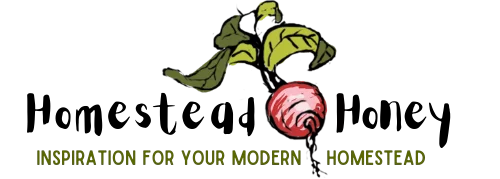
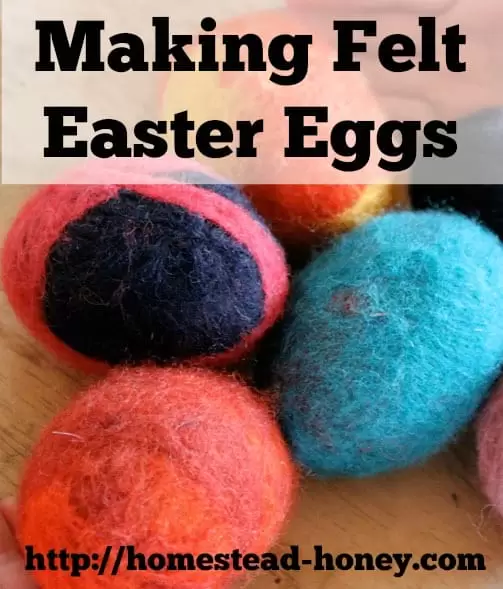
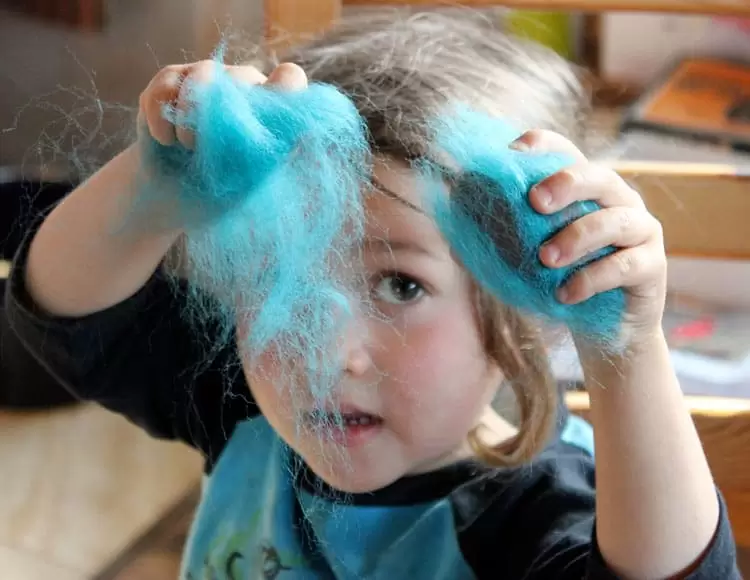
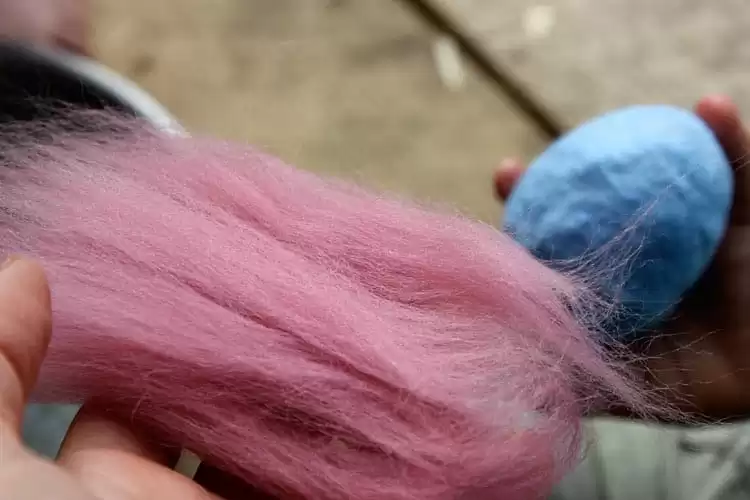
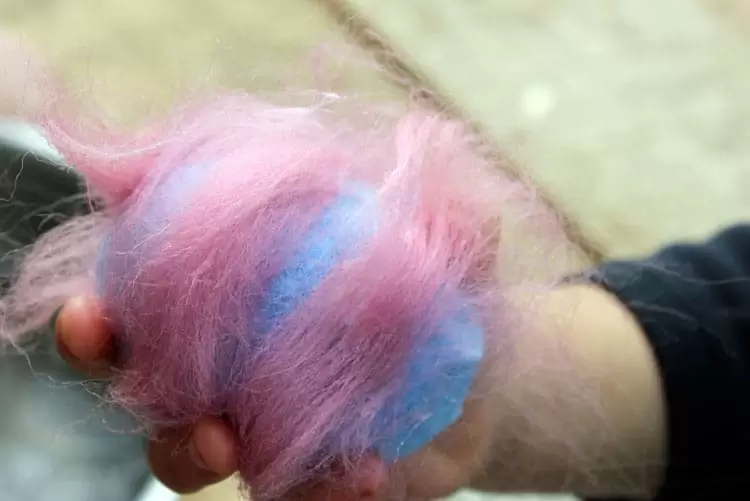
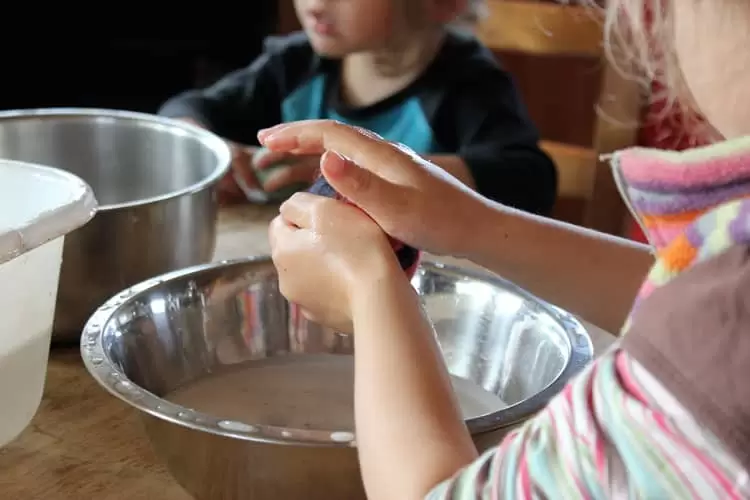
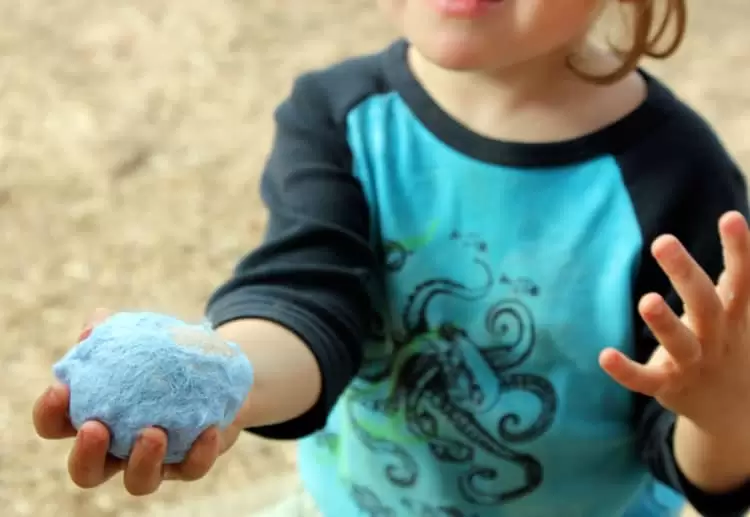
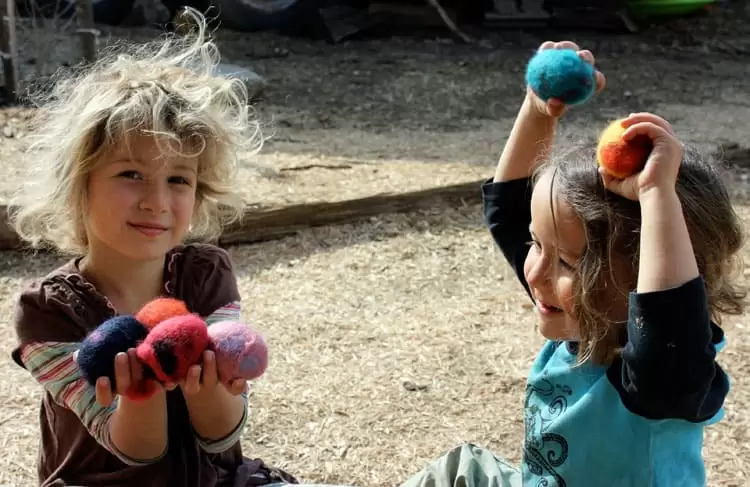
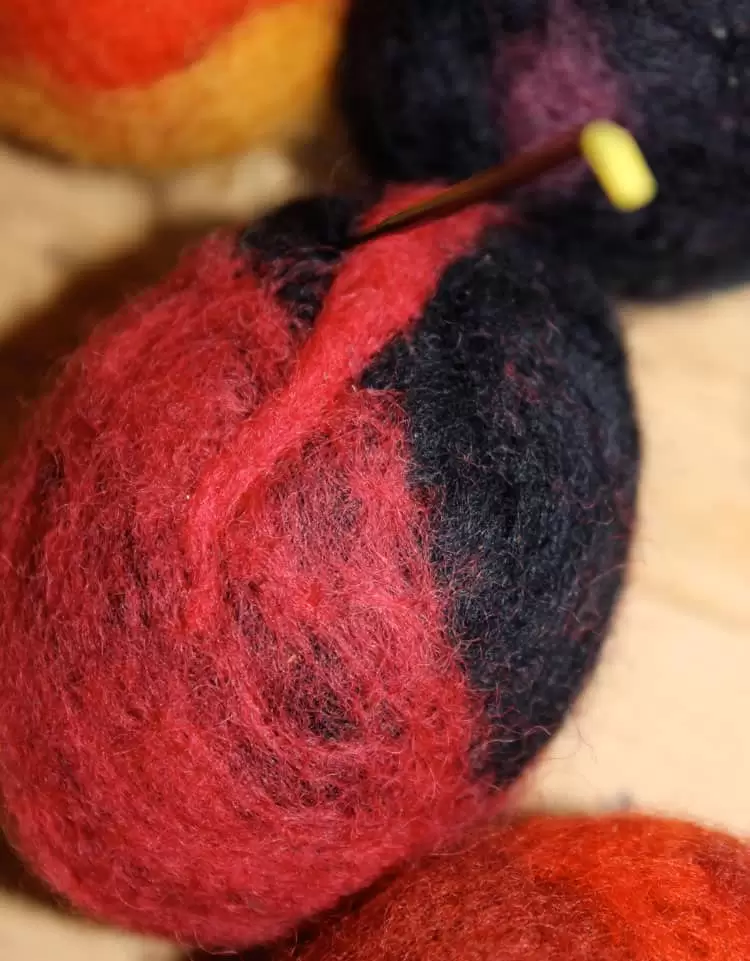
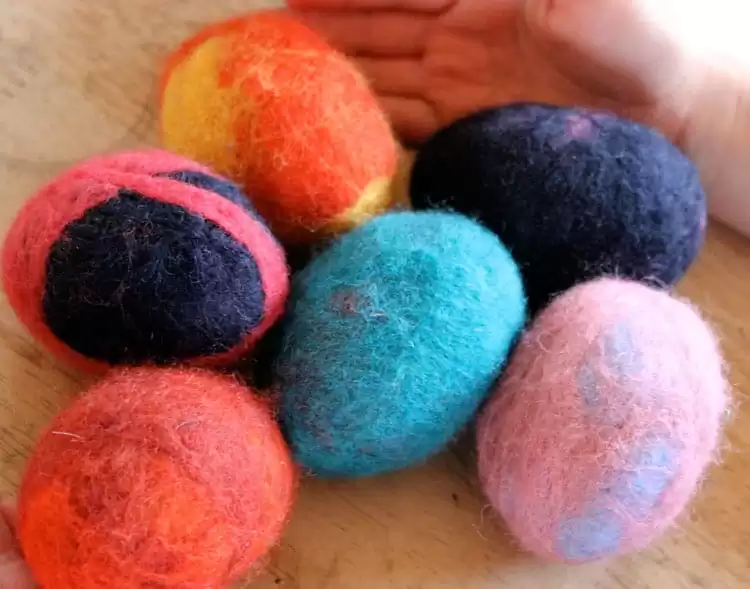

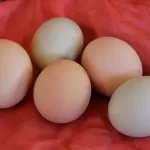
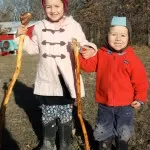
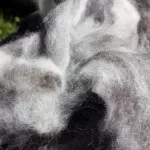
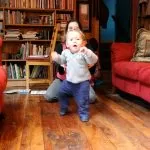
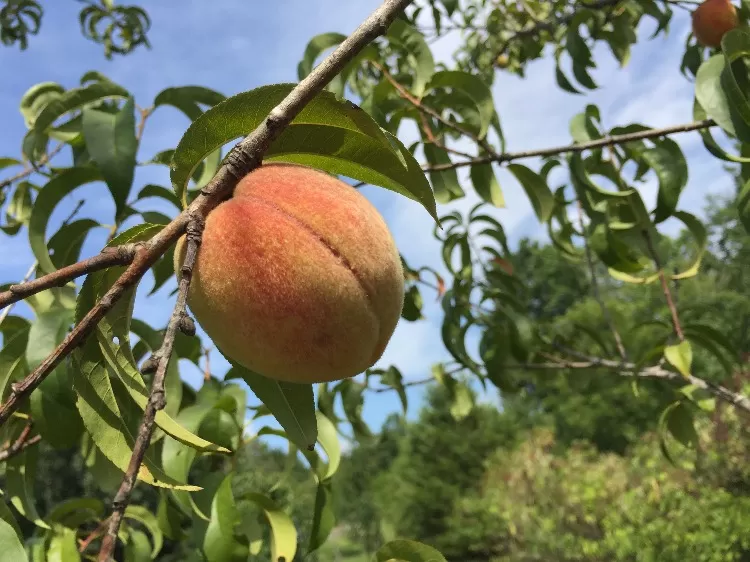


So fun! I was just googling this – trying to figure out if it’s possible to do with my kids. And look who I found. 🙂 Love your post, Teri.
Fun! I hope you enjoy it!
These are so cute. Love this idea! I’m excited for Athena to be old enough to do projects like this. Any suggestions for two-year-old friendly craft projects?
Try The Felt Balls! Super Fun For Little Ones!
What a great idea! We brought felted balls home from our first sabbatical in NZ about 20 years ago and they’re still in use. They are perfect for indoor play and learning how to juggle and have been passed down to younger nephews!
I’ve been thinking larger, heavier ones might be the next project. Something to practice catching, and I love your suggestion of juggling!
Your children are so cute. I hope they enjoyed making their eggs. We made felted Easter Nests yesterday. Nothing more fun then playing with wool.
Oh, how fun! We’ve been gifted wool nests before, but never made them ourselves.
They are so cute….. I hope they had fun. We felted Easter Nests yesterday. Nothing better then some fun with wool.
Thank you! They really did have a lot of fun. It’s so wonderful to see how proud they are of their creations.